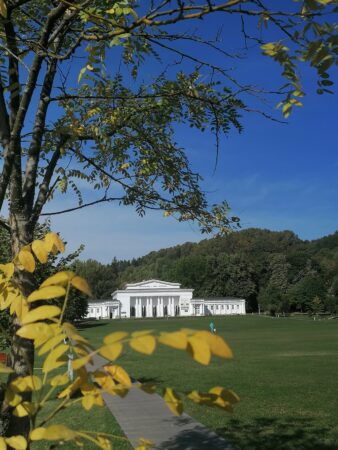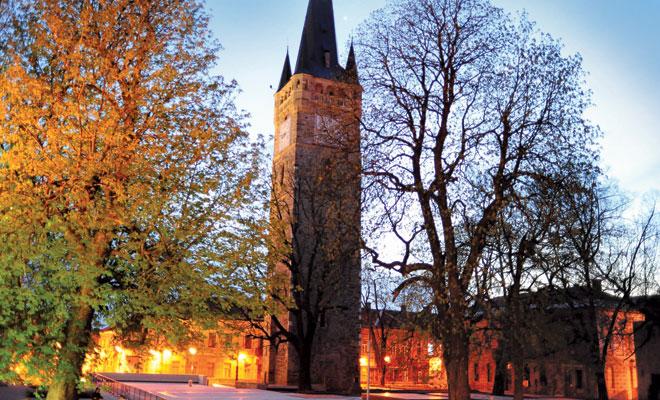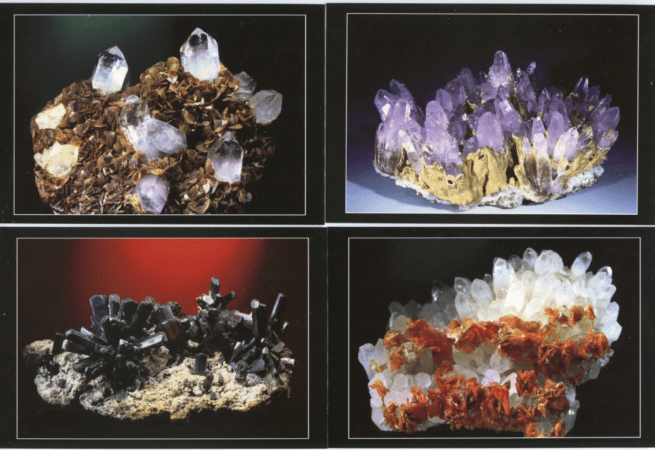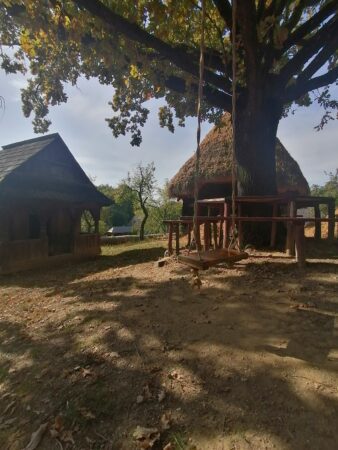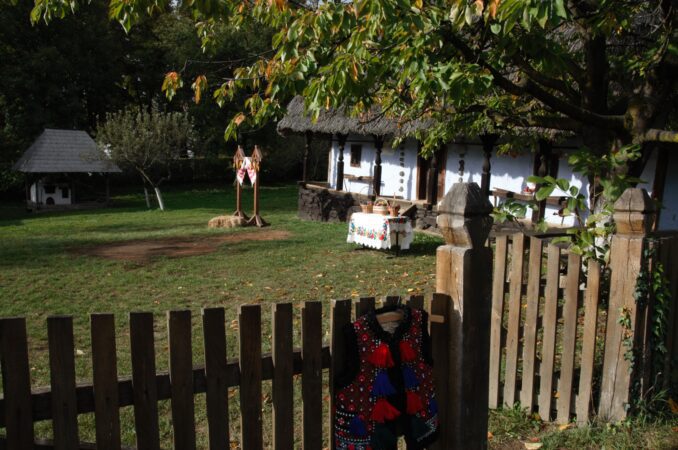Weekend in Baia Mare
Maximum number of guests
Acomodation type
Accommodation description
2/3 Days Sightseeing Tour: Discover Baia Mare and Surroundings
Baia Mare, located in the heart of Maramureș, is a fascinating tourist destination with a rich mining history. This area was an important center for the exploitation of natural resources, attracting over time people eager for enrichment.
Mining, which dominated the region, was subordinated at various times to the King of Hungary and the Princes of Transylvania, contributing to the development of the city. The name "Baia Mare" comes from the term "bath" (mine), with roots in Latin (bannea) and Hungarian (bánya), along with the adjective "great", suggesting its vast expanse.
Why visit Baia Mare?
You may be wondering what makes Baia Mare, a relatively small city, worth visiting. Well, there are many reasons why Baia Mare is the ideal starting point on a tourist circuit through Maramureș. In addition to being the capital of Maramureș County, the city welcomes you with a unique combination of history, tradition and picturesque landscapes.
Facilities
Reviews
Tour plan
Day 1: OLD CENTER - BAIA MARE
The city is one full of sights of a diversity and cultural richness that captivates visitors and can keep them busy for hours. Having only one day at your disposal, I recommend a first stop at the Tower of Saint Stephen from which the panorama of the whole city is one of story.
Tower of Saint Stephen (Visiting Program/Visiting Schedule
Monday - Friday / Monday – Friday 10:00 - 18:00
Entrances from the hour to 17:00 will be the last time of entry ( last visit ) .
Saturday - Sunday / Saturday – Sunday 11:00 - 18:00
Libertatea Square is the old town center, an ideal place for a short walk before lunch in one of the specific restaurants in the area. The area of the historical center of the city comprises over 20 of the oldest buildings, built starting with the XV century.
It is a symbol of the city of Baia Mare. It was built in the XV century, being started by Iancu de Hunedoara the construction being completed during the reign of Matei Corvin. The tower has a height of 50 m and is actually the bell tower of the church "Saint Stephen" demolished in the XIX century, after it burned, starting from a lightning strike. The name comes from King Stephen I of Hungary, but was canonized by the Catholic church in the XI century and canonized by the Orthodox church.
The Butcher's Bastion is one of the seven towers that guarded the walls around Baia Mare. Visiting hours : Monday – Friday: 8 – 16 , tel. 0362-422950 .
It belongs to the County Museum of History and Archaeology and was built by Gaspar Dragyi in 1547, being placed near the southern gate of the city. The tower is made of stone, has a thickness of one meter and is in circular form. The name comes from the guild of butchers, one of the most powerful guilds in the city, which had the role to maintain and defend the tower in case of a siege.
Level 1 is presented with a vaulted space that served to store ammunition, level 2 – has outside in the wall voids that served as ramparts.
The Butcher's Tower was also called “Munitions”, because this is where the soldiers of that time kept their weapons and gunpowder. It was called al “butchers” because this guild had the duty to use it to defend the fortress from possible foreign attacks.
Another important objective in the northern part of the city would be the County Museum of History and Archaeology of Maramures, which also belongs to the Bastion of the Butchers . The museum has an important archaeological heritage discovered from surface archaeological research and excavations on human evolution over time. Some of the artifacts discovered are highlighted in the permanent exhibition „Treasures of the Bronze Age in Northern Transylvania”,
Another important segment is the monetary treasures, the lapidary pieces, the insignia and guild products, the patterns and seals, the white and firearms in the history of Baia Mare.
Very popular is the exhibition of watchmakers, about 300 in number.
Day 2 - VILLAGE MUSEUM AND MUSEUM OF MINERALOGY BAIA MARE
County museum of ethnography and folk art
Program : Tuesday – Sunday 9 – 16 Winter , 10 – 18 Summer
The museum has two locations: Pavilion Section and Village Museum. The first is in the summer building, an impressive building that in the opinion of many resembles the White House and is visible in the first part of the presentation. In front of the building there is a generous green space where you can quietly admire the architecture of the area.
There are 4 large exhibition halls where there are 2 basic exhibitions, a hall where temporary exhibitions are organized, and upstairs is the exhibition „Ceramica – Cultural heritage of Baia Mare”.
Near the large building and the Village Museum of Baia Mare , part of the above mentioned museum , where households from the four regions of Maramures County are exhibited: Chioarului Country, Lapus Country, Romania, Codrului Country and Maramures Country. In Maramures, as in other Carpathian lands, the forest was the basis of economic activities. Symbol of perenniality and eternity, wood is present everywhere. Since ancient times, the inhabitants of these areas use it and put it in value in rural architecture, creating a wide variety of geometric, floral motifs or representations of the Sun and Moon.
Mineralogy Museum of Baia Mare
Schedule : Tuesday – Sunday – open between 9.00 – 17.00, the last entry being possible at 16.30. Monday locked
The idea of a Mineralogy Museum appeared in the 60s when Victor Gorduza came up with the proposal of creating a collection of minerals. The initial collection was subsequently increased by donations and acquisitions, exceeding 20,000 copies today. The museum opened in 1989 in the presence of a large audience. The museum has several types of collections: mineral collection, rock collection, ore collection and fossil collection.
A special place is occupied by the fossil flora of the Chiuzbaia Scientific Reserve. It is located in diatomites and comprises 55 families, 107 genera and 240 species. The flora of Chiuzbaia, unique in Europe, is the testimony of a forest of exceptional wealth . It is considered an area of special scientific and aesthetic interest.
Most of the permanent exhibits originate in the Maramures area. As a special note: do not expect to see bullion or a lot of gold on there. The collection is diverse and with many exhibits, I assure you that you will be impressed.
It would be worth remembering many other important goals but leave for a future article!

